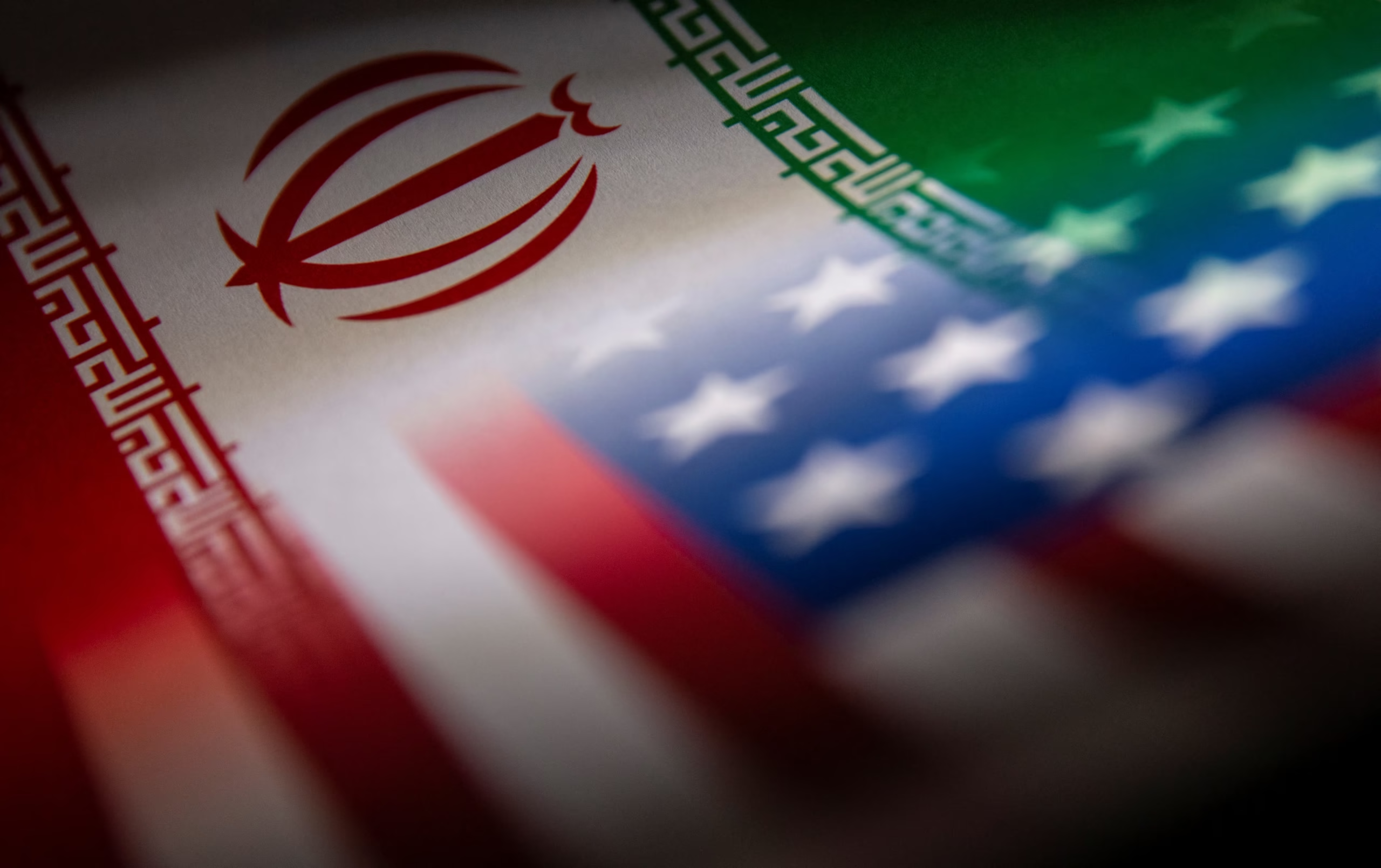During world war II, both allies United Kingdom and Soviet Union invaded Persia but relation was positive after war until later years of government of Mohd Mosaddegh. Persia was one of the closest allies of US during Cold War, which turn to dramatic reversals and disagreement between countries after 1979 Iranian resolution and hostage crisis, as well as ongoing disagreements over Iran’s nuclear program and regional influence.
The two nations US and America have no diplomatic relation since April 1980
Iran in ancient days:
Modern-day Iran is very different from ancient Iran. In ancient times, Iran was known as Persia(Pars), and before that, it was called Aryana. It is believed that in the Vedic period, the land from Persia to a large part of present-day India was called Aryabhumi, which was divided into many regions. Just as the area around Punjab in India was called Aryavarta, the eastern region of Persia, adjacent to modern-day Afghanistan, was called Aryan or Eryan, which later became Iran.
Prior to the Islamic Revolution:
Iran had a strong Western influence, with a focus on modernity and Western lifestyles. In 1953, Prime Minister Mohammad Mosaddegh, who sought to nationalize Iran’s oil industry, was overthrown by a coup orchestrated by US and British intelligence agencies.
Why did the Iranian Revolution happen?
The biggest reason for the Iranian Revolution was that the pro-American Shah’s regime was cruel, corrupt and a supporter of Western civilization. Public anger over the violation of Islamic values gradually intensified, ultimately leading to the outbreak of the Islamic Revolution. The Islamic Revolution of Iran is also important because it affected the whole world and today the political and diplomatic situation of the world is changing.
Establishment of the Islamic Republic of Iran
Ayatollah Khomeini – the founder of the Islamic Republic of Iran and the leading leader of the Iranian Revolution of 1979 and Mohammad Reza Pahlavi was the last Shah of Iran. Ayatollah Khomeini considered the government of the then Shah of Iran Mohammad Reza Pahlavi to be un-Islamic. In 1962, he launched a jihad against the Shah’s government, which led to a rebellion against the government, which was a major political event in Iran’s history.
Ayatollah Khomeini named the Shah’s political movement the White Revolution and refused to join it, calling it un-Islamic. Under this White Revolution, such economic and social reforms were carried out which took Iran’s traditional society towards Western values. Due to his opposition to these reforms of the Shah, he had to leave the country in 1964 and until 1979 he lived outside the country in Iraq and France.
In September 1978, protests against Shah Pahlavi began in Iran and gradually a group of clerics took over the leadership of the protests and were getting instructions from Ayatollah Khomeini living in France. By January 1979, the situation in entire Iran had become like a civil war and the protesters were demanding the return of Ayatollah Khomeini living in exile. When the situation became uncontrollable, the Shah had to flee from Iran along with his family.
After voting in April 1979, the Islamic Republic of Iran was declared and a new government was elected then and there
Tehran US Embassy Hostage Case
During the 1970s and 1980s, U.S.-Iran relations deteriorated significantly. A group of pro-Khomeini Iranian students began actively opposing American interests. Later the group took over the US Embassy in Tehran on Nov 4, 1979 and released 52 hostages of America imprisoned in the embassy on Jan 21, 1981 after 444(four hundred forty four) days.
The revolutionaries demanded that the US stop interfering in Iran’s domestic affairs and send the Shah back to the country and allow him to stand trial.
Operation Eagle Claw
The most interesting aspect of this hostage episode was that despite being powerful, America was not able to free its people on the basis of military power and ultimately had to choose the path of negotiation. However, America had launched Operation Eagle Claw to free its hostages. Under this, a plan was made to evacuate its hostage citizens from Tehran by forming a special commando force, but due to many obstacles this operation could not be successful.
After this, America imposed sanctions on Iran for the first time with the help of the UN and stopped the import of Iranian goods into America. When the Iran-Iraq war started in 1980, America caused heavy damage to Iran by supporting Iraq. Iran also sought help from the UN.After this, Algerian diplomats mediated between Iran and America and an agreement was reached between the two in January 1981.
According to this agreement, America had to withdraw all the sanctions imposed on Iran and also return its seized money and In return, Iran had to release all the hostages for the favour. Following the agreement, Iran released all American hostages on January 20, 1981.
Nuclear deal between Iran and P5+1
In 2015, China, France, Germany, Russia, America, European Union and UK signed the Joint Comprehensive Plan of Action (JCPOA) with Iran. Under this, Iran agreed to make changes in its nuclear program and assured that it would implement it. In return, the United Nations, EU and America were to lift the sanctions imposed against it.
But Donald Trump, who became the President of America in 2016, was in favor of continuing sanctions on Iran from the very beginning. In May 2018, he declared the United States’ withdrawal from the Joint Comprehensive Plan of Action (JCPOA).
After this, America has once again imposed many sanctions on Iran, but this time its allies did not support it.
New phase of conflicts between America and Iran
After Iran moved forward with its ballistic missile program, America imposed new sanctions on it in October last year and announced its withdrawal from the nuclear deal. Due to this, a new chapter of bitterness between America and Iran has started again.
Apart from this, Iran is the only country where Shia is the national religion. Due to this religious difference, the ideological conflict between Saudi Arabia and Iran is at its peak. Saudi Arabia is widely regarded as a nation aligned with the United States.
Iran’s Nuclear Program:
Concerns about Iran’s nuclear program, particularly its uranium enrichment capabilities, have been a major source of tension. The US accuses Iran of seeking to develop nuclear weapons, a claim Iran denies. Sanctions have been imposed on Iran by the US and other countries over the nuclear issue.
Regional Influence and Proxy Conflicts:
The US and Iran have competing interests in the Middle East, leading to proxy conflicts in countries like Iraq, Yemen, Syria.Iran supports various militant groups, such as Hezbollah, Hamas, and Palestinian Islamic Jihad, which are considered terrorist organizations by the US.
This has resulted in the US imposing sanctions on Iran and supporting regional rivals like Saudi Arabia.

